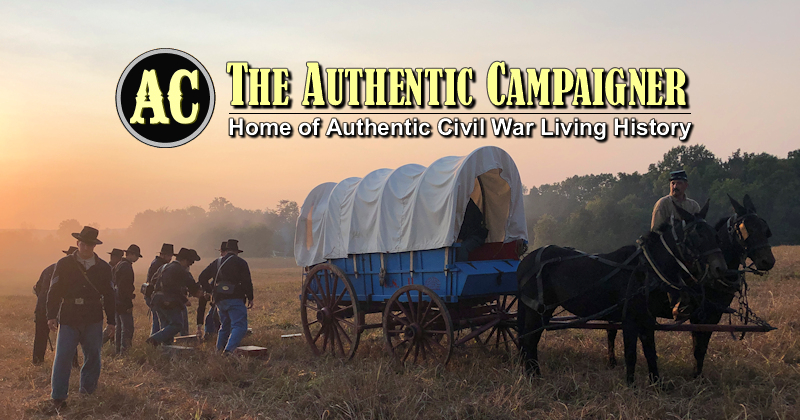Re: Hunting guns use
My collaborator Tom Ezell has just saved me some substantial typing time. The "Universal Yankee Killer" was a .69 cal smoothbore musket w/ a flint or percussion lock. Expect a lengthy monograph on this particular subject when W t G (Wearing the Gray) is published by the Watchdog in 2008.
You would not be out of place carrying a smoothbore musket to most Eastern theater events, even Gettysburg where there were still 27 AoP units armed completely or partially with .69 cal muskets (and at least that number in the ANV) and certainly your smoothbore is in place for most Western theater events. As has been previously stated, there were still smoothbores reported in the trenches in front of Atlanta in 1864. "Buck and ball" rounds in substantial numbers continued to be requisitioned and produced for issuance up until Appomattox.
As always one should do the research and determine what the unit being portrayed was issued at the time of the event. In your case Todd Watts, the 9th KY Co B (US) unit had P-53s by Shiloh, and before that a mixture of unspecified US model smoothbore muskets meaning most likely 1816-22 or US 1842s.
My collaborator Tom Ezell has just saved me some substantial typing time. The "Universal Yankee Killer" was a .69 cal smoothbore musket w/ a flint or percussion lock. Expect a lengthy monograph on this particular subject when W t G (Wearing the Gray) is published by the Watchdog in 2008.
You would not be out of place carrying a smoothbore musket to most Eastern theater events, even Gettysburg where there were still 27 AoP units armed completely or partially with .69 cal muskets (and at least that number in the ANV) and certainly your smoothbore is in place for most Western theater events. As has been previously stated, there were still smoothbores reported in the trenches in front of Atlanta in 1864. "Buck and ball" rounds in substantial numbers continued to be requisitioned and produced for issuance up until Appomattox.
As always one should do the research and determine what the unit being portrayed was issued at the time of the event. In your case Todd Watts, the 9th KY Co B (US) unit had P-53s by Shiloh, and before that a mixture of unspecified US model smoothbore muskets meaning most likely 1816-22 or US 1842s.




Comment